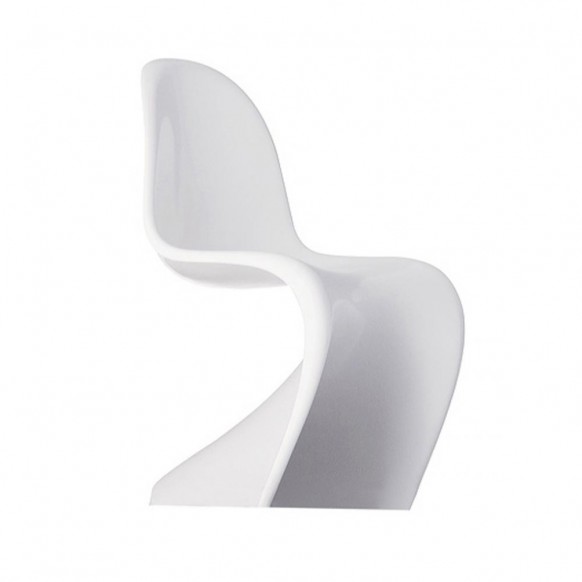Having a custom-built kitchen is beautiful, and money
well-spent... But for most of us, financially, it feels unattainable. There are
so many inexpensive ways of customising your kitchen to suit your needs, but
before going crazy in IKEA and cluttering up your work space with things you
don't need, you first need to decide what it is you do need. Making a list of what, and why you need, additional
storage devices, thinking of how you currently use your kitchen space and
drawing up a quick plan are really worthwhile exercises.
What's most important to remember when personalising a
kitchen is that everything you see in a catalogue might not suit your kitchen
physically, but more important, might not suit the way in which you use your
kitchen either.
1) How do you use
your counter space? For example, are you a keen baker? If so, then placing
a slab of marble is an relatively inexpensive way of creating a pastry station.
A wire rack or steel counter top is a great surface protector if you're used to
messing around with heavy saucepans. And a large chopping board denotes a work
area and means there will always be an assigned clutter-free work zone (Large
chopping boards can be difficult to clean thoroughly so use a separate, smaller
plastic board for meat and poultry.).
2) Is your kitchen
the new living room? Some cooks like their own space, others welcome a
"more the merrier" approach. Really think about where in the home
your family gravitate towards? For some, a sofa area is needed. Some may not
even require a dinner table if they have a breakfast bar or separate dining
room. I've even seen homes with just enough space for one diner, if the
family's schedule don't coincide to allow for a shared meal. (Note; call me
old-fashioned, but I believe the family who eats together stays together.)
3) What kind of stuff
do you have? Food/ dinnerware/ appliances/ take-out menus?! In my opinion,
one of the biggest mistakes people make when designing is whacking in some storage
"solution"and hoping for the best. This applies to closet space in as
well. Always take note of what you have, how much you have, what size it is and
where best to store it and let form follow function. Also consider what you can
get rid of or what you hope to acquire.
4) Is your kitchen
used for anything else? A lot of people use their dinner table as a desk,
but having to move and re-move your paperwork three times a day for fear of
spilling your dinner on your important documents can be annoying. If you're
serious about working from your kitchen, find space to set up a small office
space. Make use of surrounding wall space for shelving, pin boards and cubbies.
And remember, the more you use a room the more you need to keep it organised,
comfortable and fresh.
5)What will help the
kitchen flow better? There is
nothing to say you can't incorporate a living or office space into a kitchen
while maintaining a flow and making it aesthetically pleasing. Any additional
furniture can be mismatched, but it must also be well matched. Keeping
furniture in the same colour family or style is a handy rule of thumb.
And remember that the more you bring in, the more you must bring out; swap
things around and replace- don't just add. Otherwise the beloved heart of the
home will look more like a jumble sale... and not in a good way.
































